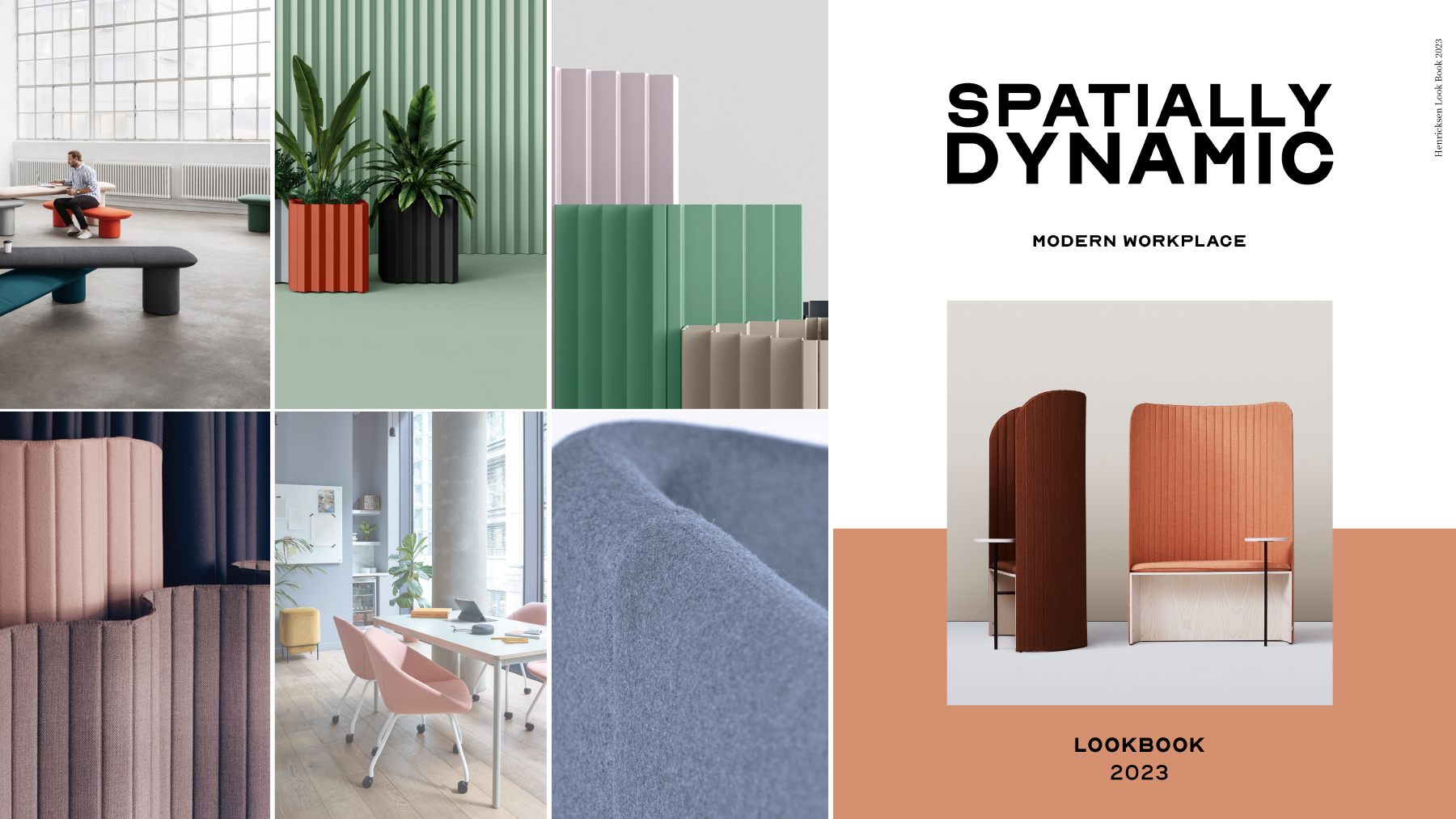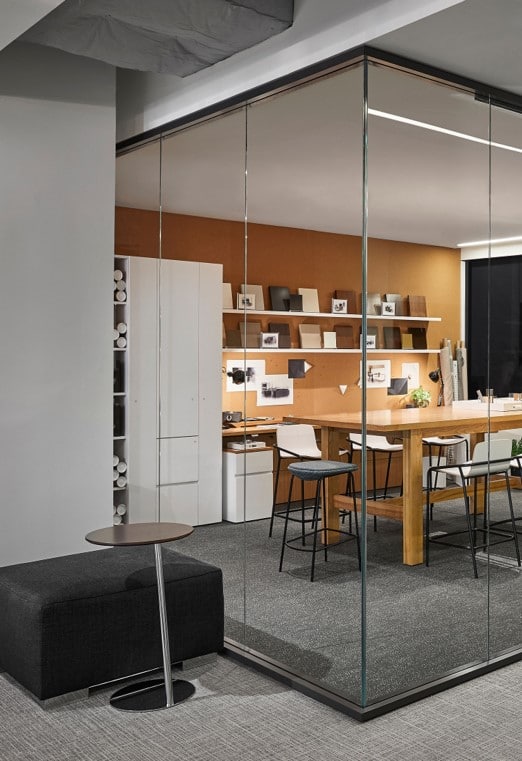1960’s: The dawn of the age of the cubicle.
The redesigned open plan office conceptualized by the Germans in about 1958 did not endure long before the new cubicle era dawned.
The office landscape design, or Bürolandschaft, that was believed to facilitate collaboration, flexibility and cost-savings barely had time to make its mark before it was usurped and office workers were ‘liberated’ to enjoy privacy and productivity.
Today’s cubicle concept that we all love to hate was initially seen as an escape from the watchful eyes of management. While the open plan concept was intended to promote collaboration and decrease office space costs, it was seen by employees as continual surveillance. The privacy of cubicles was welcomed.
Robert Propst who invented the first cubicle concept declared that open plan offices were a ‘wasteland sapping vitality, blocking talent, frustrating accomplishment.’ Propst was an art professor with multiple interests. He held patents in playground equipment, heart valves and livestock tagging machines.
Propst did a huge amount of research before designing the cubicle. He interviewed people at all levels of the office kingdom, from workers through to management as well as doctors, psychologists and industrial relations experts.
By 1964 he had developed the first cubicle prototype which he called the “Action Office”. This prototype was the forerunner of modern cubicle which has become anathema to most workers today.
Propst referred to his prototype as a “workstation” – a term that has gained new popularity in recent times. The concept ended up being marketed as the “Action Office”.
Cubicles were seen as a practical compromise between the wastefulness and separation of private offices and the distractions of open plan designs. While affording some privacy, communication with neighbors was still relatively easy.
In fact, strangely enough, the cubicle became seen as not only an escape from surveillance, but also as a symbol of equality, levelling the status of management and employees as many managers also occupied cubicles rather than private offices.
Another aspect of the “Action Office” cubicle is something that might come as quite a surprise to some. These workstations featured standing desks with roll top covers that could be secured at night to keep work safe and private. The design allowed workers to leave their work spread out over the desk and not have to tidy it up and pack it all away before leaving for the evening. He incorporated another innovative feature: the movable display where workers could keep reference materials and resources within easy reach.
Propst was ahead of his time in many respects. One of the complaints about the completely open plan office design that is currently enjoying popularity is that there is not enough privacy and too many sound and visual distractions. Propst’s way of dealing with these issues was an insulated “communications center” which minimized sound so that people could have discussions without disturbing colleagues. This is a very similar concept to today’s pods.
The first “Action Office” design didn’t sell all that well despite the innovative features and rave reviews from designers and the press. Propst went back to the drawing board to overhaul his concept in the hopes of creating a more marketable design.
 Again, his 1960’s concept is enjoying a resurgence of popularity in our modern offices. His new idea made use of movable walls that could interlock at various angles to create spaces that were convenient. The original cubicle wasn’t designed to be square. It was designed to create a variety of shapes. The movable walls were flexible, mobile and made of disposable materials. This gave workers the power to customize their workstation to suit their own preferences. These ‘cubicles’ also sported all kinds of visual displays including maps and tack boards.
Again, his 1960’s concept is enjoying a resurgence of popularity in our modern offices. His new idea made use of movable walls that could interlock at various angles to create spaces that were convenient. The original cubicle wasn’t designed to be square. It was designed to create a variety of shapes. The movable walls were flexible, mobile and made of disposable materials. This gave workers the power to customize their workstation to suit their own preferences. These ‘cubicles’ also sported all kinds of visual displays including maps and tack boards.
Once again, the new “Action Office” concept didn’t sell all that well at first. Then, things changed. The government amended the tax code which allowed corporations to write off depreciating assets. Because the new cubicle design was made from disposable materials it had a much shorter useful life than traditional office furniture and equipment. This meant that there was now a greater incentive to invest in this new “Action Office” rather than in traditional style office installations.
Thus the popularity of cubicles (at least at the corporate level) was assured and so it came to be that many of America’s offices were furnished in this manner. Everyone from general office workers through to management, in some cases, was relegated to these self contained, semi-private ‘offices’.
https://www.fastcompany.com/3030112/whos-next/the-office-is-a-constantly-failing-capitalist-utopia
https://www.tradesy.com/blog/the-sad-weird-history-of-the-cubicle/
https://designcareer.wordpress.com/tag/the-evolution-of-the-cubicle/



